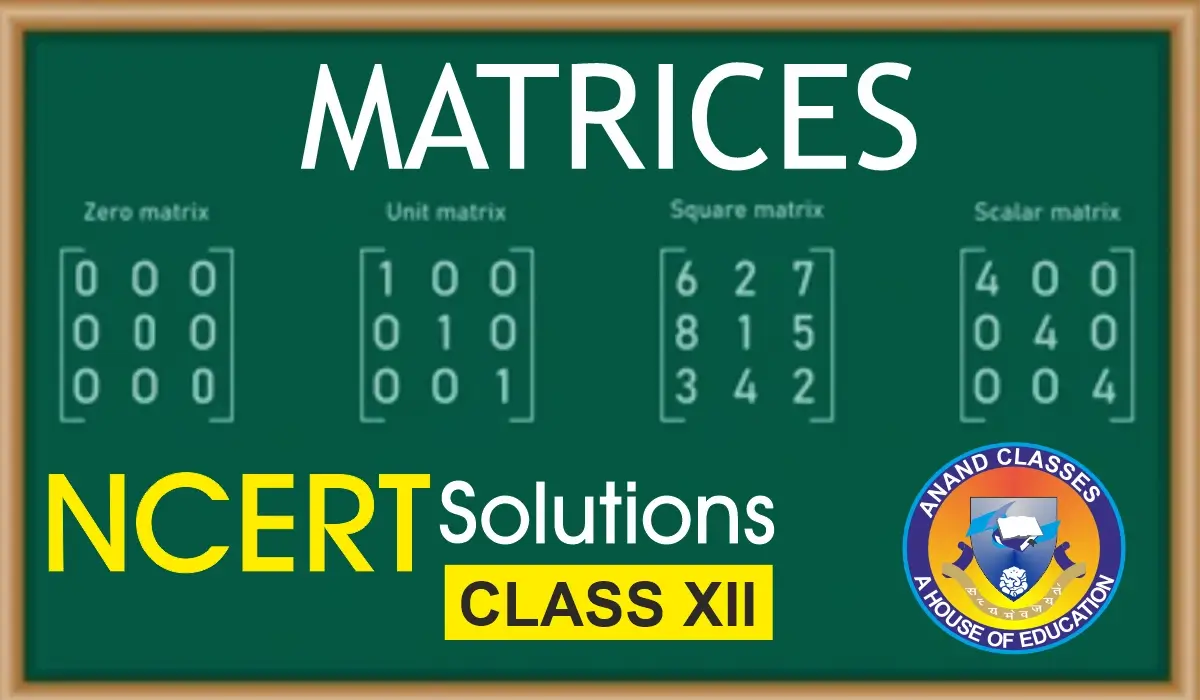Anand Classes Isoelectronic ions are ions of different elements that contain the same number of electrons but differ in their nuclear charges. A group of such ions is called an isoelectronic series. In any isoelectronic series, the electron count remains constant, but as the nuclear charge increases, the force of attraction between the nucleus and the electrons also increases. This stronger pull draws the electron cloud closer to the nucleus, resulting in a smaller ionic radius. Consequently, in an isoelectronic series, the size of the ions decreases as the nuclear charge increases.
Variation of Size in an Isoelectronic Series — Detailed Explanation
Isoelectronic ions are ions of different elements that have the same number of electrons but differ in the number of protons (nuclear charge).
A set of such ions is called an isoelectronic series.
In the given example, all the ions have 10 electrons, but their nuclear charges (number of protons) are different:
| Ion | Nuclear Charge (+) | Radius (pm) |
|---|---|---|
| N³⁻ | +7 | 171 |
| O²⁻ | +8 | 140 |
| F⁻ | +9 | 136 |
| Na⁺ | +11 | 95 |
| Mg²⁺ | +12 | 72 |
| Al³⁺ | +13 | 50 |
As we move from one ion to the next in this series, the number of protons in the nucleus increases.
This increase in nuclear charge results in a stronger force of attraction between the nucleus and the electrons.
Since the number of electrons is the same for all species, the electron–electron repulsion is similar, but the stronger nuclear attraction in ions with more protons pulls the entire electron cloud closer to the nucleus.
Consequently, the electrons are held more tightly, and the ionic radius decreases progressively with increasing nuclear charge.
This explains why Al³⁺, having the highest nuclear charge (+13), is the smallest in size, and N³⁻, having the lowest nuclear charge (+7), is the largest.
Therefore, the order of decreasing radius in this isoelectronic series is:
Al³⁺ < Mg²⁺ < Na⁺ < F⁻ < O²⁻ < N³⁻
Reason for the Size Variation
- Same Number of Electrons
- All ions in this series have 10 electrons, so the extent of electron–electron repulsion is nearly the same for all.
- Different Nuclear Charges
- As we move from N³⁻ to Al³⁺, the number of protons increases from 7 to 13.
- This means the positive charge in the nucleus increases.
- Effect of Increased Nuclear Charge
- A stronger nuclear charge pulls the same number of electrons more tightly toward the nucleus.
- This reduces the size of the electron cloud.
- Trend in Ionic Radii
- Since the pulling force is strongest in Al³⁺, it has the smallest size.
- The weakest pull is in N³⁻ (lowest nuclear charge), so it has the largest size.
- Order of Decreasing Radius
- From largest to smallest:
N³⁻ > O²⁻ > F⁻ > Na⁺ > Mg²⁺ > Al³⁺ - Or in increasing nuclear charge order:
Al³⁺ < Mg²⁺ < Na⁺ < F⁻ < O²⁻ < N³⁻
- From largest to smallest:
Frequently Asked Questions — Variation of Size in an Isoelectronic Series
Q1. What does “isoelectronic” mean?
A: “Isoelectronic” literally means “same electrons.” In chemistry, it refers to atoms or ions that contain exactly the same total number of electrons. For example, F⁻, Ne, and Na⁺ each have 10 electrons.
Even though they have the same number of electrons, their nuclear charges (number of protons in the nucleus) are different, because they are different elements.
This difference in nuclear charge is the reason why their sizes are not the same, even though their electron count is identical.
Q2. Why do ions in an isoelectronic series have different sizes?
A: In an isoelectronic series, the electron–electron repulsion inside the atoms or ions is nearly the same, because they have the same number of electrons.
However, the positive pull from the nucleus is different for each species, because they have different numbers of protons.
- If an ion has more protons, the positive charge pulls the electrons closer, shrinking the size.
- If an ion has fewer protons, the pull is weaker, so the electron cloud spreads out, increasing the size.
Therefore, nuclear charge is the main controlling factor for size differences in an isoelectronic series.
Q3. Why is Al³⁺ the smallest ion in the given series?
A: In the given series (all with 10 electrons), Al³⁺ has 13 protons.
This is the highest nuclear charge among all the ions listed.
Because the positive pull is so strong, the electron cloud contracts significantly, making the ion extremely small — just 50 pm in radius.
Also, Al³⁺ has lost 3 electrons compared to neutral Al, which means there is less repulsion between remaining electrons, allowing the nucleus to pull them even closer.
Q4. Why is N³⁻ the largest ion in the series?
A: N³⁻ has only 7 protons in its nucleus, which is the lowest nuclear charge in the series.
This weak pull is not enough to hold the 10 electrons very tightly.
In fact, nitrogen in N³⁻ has gained 3 extra electrons compared to neutral N, increasing electron–electron repulsion.
This extra repulsion pushes the electron cloud outward, giving N³⁻ the largest radius of the series — 171 pm.
Q5. Does electron–electron repulsion affect the trend?
A: Yes, but only to a smaller extent than nuclear charge.
Since all species have the same number of electrons, the total electron–electron repulsion is similar in all of them.
However, when an atom gains electrons (becoming an anion), the repulsion increases slightly because there are more electrons per proton.
When an atom loses electrons (becoming a cation), the repulsion decreases, allowing the nucleus to pull the remaining electrons even closer.
In the given series, this effect is secondary to the main cause — the difference in nuclear charge.
Q6. Can neutral atoms be part of an isoelectronic series?
A: Yes, as long as they have the same number of electrons as the other members.
For example:
- F⁻ → 9 protons, 10 electrons
- Ne → 10 protons, 10 electrons
- Na⁺ → 11 protons, 10 electrons
All of these are isoelectronic because they each have 10 electrons, even though one is an anion, one is neutral, and one is a cation.
Q7. What is the general size trend in an isoelectronic series?
A: In an isoelectronic series:
- Higher nuclear charge (more protons) → smaller radius because the electron cloud is pulled in more tightly.
- Lower nuclear charge (fewer protons) → larger radius because the pull is weaker and the electron cloud expands.
So the order is: smallest size = highest nuclear charge, largest size = lowest nuclear charge.
In the given example:
Al³⁺ (Z=13) < Mg²⁺ (Z=12) < Na⁺ (Z=11) < F⁻ (Z=9) < O²⁻ (Z=8) < N³⁻ (Z=7).
Do You Know? — Variation of Size in an Isoelectronic Series
- Do you know that in an isoelectronic series, the main factor controlling size is the number of protons (nuclear charge), not the number of electrons?
- Do you know that Al³⁺ is about 3.4 times smaller in radius than N³⁻, even though both have the same number of electrons?
- Do you know that when a neutral atom loses electrons to form a cation, the electron cloud shrinks due to reduced electron–electron repulsion?
- Do you know that when a neutral atom gains electrons to form an anion, the electron cloud expands because extra electrons increase repulsion?
- Do you know that neutral atoms can also be part of an isoelectronic series if their electron count matches the others? For example, Ne is isoelectronic with F⁻ and Na⁺.
- Do you know that the size difference in an isoelectronic series can be so large that the smallest ion has less than one-third the radius of the largest ion?
Quick Memory Points
- Isoelectronic → same number of electrons, different number of protons.
- Trend → more protons (↑ nuclear charge) = smaller size.
- Reason → stronger nuclear pull contracts the electron cloud.
- Largest ion in the given series → N³⁻ (lowest nuclear charge, +7).
- Smallest ion in the given series → Al³⁺ (highest nuclear charge, +13).
- Order of decreasing radius:
N³⁻ > O²⁻ > F⁻ > Na⁺ > Mg²⁺ > Al³⁺ - Same electrons + higher Z → radius ↓.
- In a series: Cations are smaller, anions are larger.
📚 Buy Study Material & Join Our Coaching
For premium study materials specially designed for JEE, NEET, NDA, and CBSE/ICSE Classes, visit our official study material portal:
👉 https://anandclasses.net.in/
To enroll in our offline or online coaching programs, visit our coaching center website:
👉 https://anandclasses.co.in/
📞 Call us directly at: +91-94631-38669
💬 WhatsApp Us Instantly
Need quick assistance or want to inquire about classes and materials?
📲 Click below to chat instantly on WhatsApp:
👉 Chat on WhatsApp
🎥 Watch Video Lectures
Get access to high-quality video lessons, concept explainers, and revision tips by subscribing to our official YouTube channel:
👉 Neeraj Anand Classes – YouTube Channel


